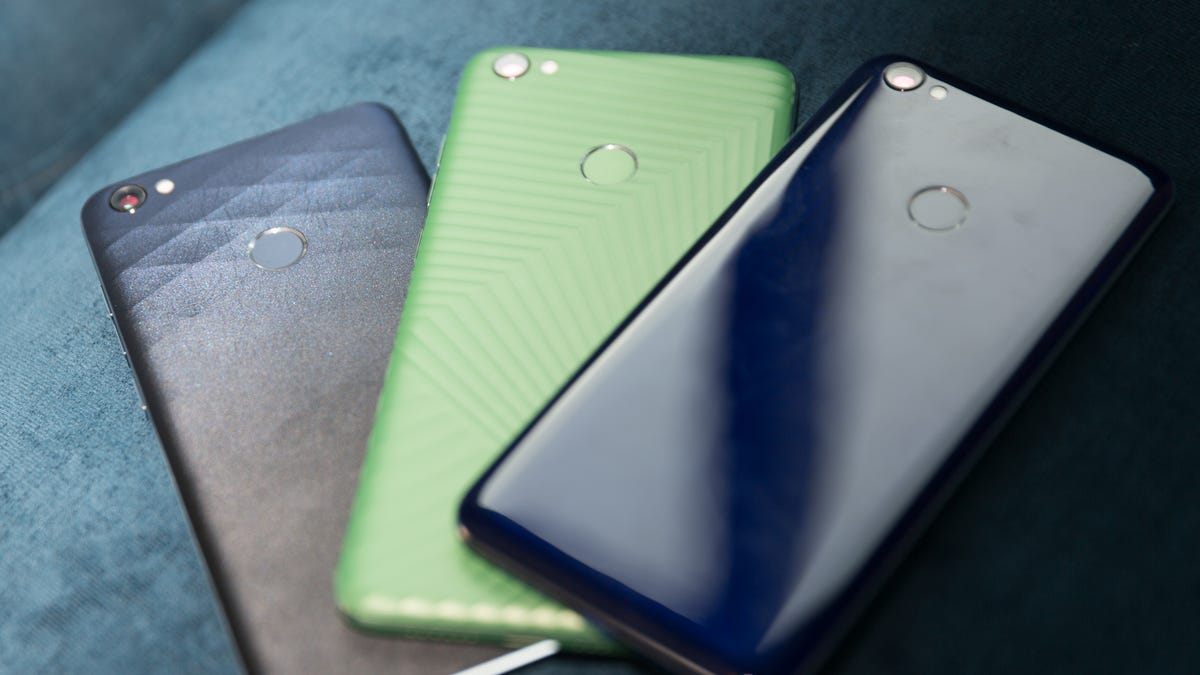Internet crowdsources phone, doesn't ruin it for everybody
And it's not even named Phoney McPhoneface.

Asking the internet to collectively do something is tricky business. Sometimes it works out for the best, à la ALS Ice Bucket Challenge. But most of the time trolls turn any endeavor, however well-intentioned, into a whirlpool of regret -- like when it wanted to send Justin Bieber to North Korea, tried to name a boat and turned Microsoft's chatbot into a oversexed racist.
Fortunately for ZTE, the internet didn't completely run amok for its Project CSX initiative. Announced at last year's CES and launched in August 2016, CSX was a quirky approach in which ZTE took ideas and concepts from its online forums to create a fan-sourced mobile device.
The Hawkeye phone, as it will be called, is nearing its official retail debut, and ZTE unveiled a mockup of what it may look like at a CES 2017 press event today. It emerged after 400 submitted ideas (all of which were vetted and approved by ZTE) from 176 different countries and 46,000 votes.
Another mockup of ZTE's upcoming Hawkeye phone.
The device will feature a high-resolution camera that will track your irises' movements. This eye-tracking technology will help with hands-free activities, such as reading and scrolling.
It will also come with a removable case that has a self-adhesive attachment. That will help the phone stick to most flat surfaces anywhere, which is convenient for hands-free photography.
These features were pitched, submitted and approved by both ZTE and its fans alike. Even the Hawkeye name was crowdsourced from 540 submissions.
Because of its unusual origins, ZTE is going to sell the Hawkeye differently as well. In lieu of its online store, the phone will actually be sold through Kickstarter for $199. (Global units will cost the converted price of the country they ship to, so it'll be £162 or AU$273.) ZTE hopes to sell at least 2,500 units, which totals to a campaign goal of $500,000.
Though ZTE plans to sell the phone as soon as Q3 of this year, there's still some work to be done. The phone's color options, material and finish haven't been voted on yet, but ZTE will post 15 total versions for users to vote on. Final details about the software experience and skin also have to be ironed out, though ZTE predicts users will vote on a stock version of Android.
Click here for CNET's complete coverage of CES 2017.

